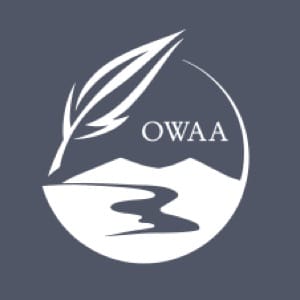Making the most of media trips
One of the great things about working in outdoor media is that from time to time, you are invited to go on some really great trips where the travel, food and lodging are all taken care of.
Making the most of media trips Read More »

